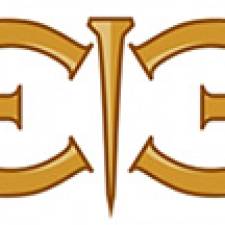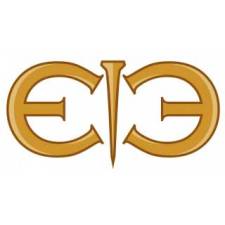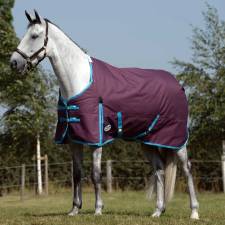
by Chelsea Hackbarth
We walked in to the Keeneland Sales Pavilion with an idea, a little bit of hope, and a lot of bravado.
We walked out a little bit wiser, we hope, and with a renewed sense of faith in ourselves.
The eight months in between were a heck of a journey.
“We both graduated with equine business degrees, surely we can figure this out,” my business partner, Steph Settles, said to me last November. “Besides, it'll be fun to have a baby around.”
A couple of bloodstock industry neophytes, we were discussing our first pinhooking venture. Steph didn't know how prophetic her words would turn out to be, though. Just as we had organized a few of our friends to head into the Keeneland January sale and pick out our first prospect, Steph and her husband found out they were expecting a baby of their own.
Due in early September, as in right before the Keeneland September sale.
“If I have to go straight from the birthing suite to the sales ring, I'll be there when our filly sells,” Steph joked. “I'm not worried about it. I'm all in.”
So was I. Luckily, baby Magnolia was born a little early (and perfectly healthy!).
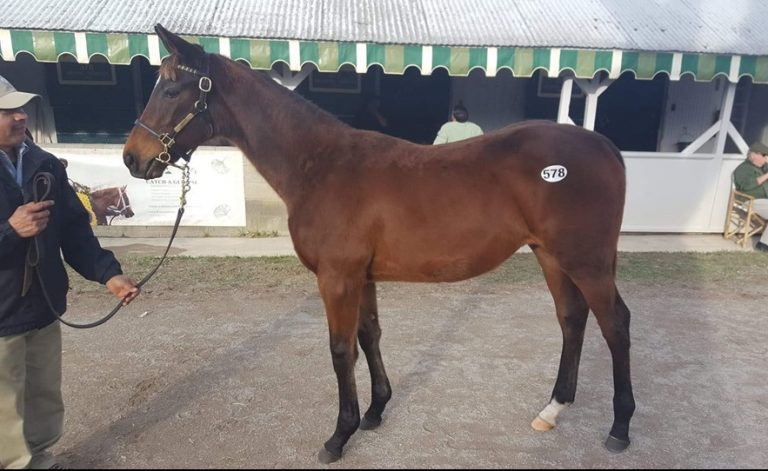
Donning the nom de guerre “Quatro Bloodstock,” Steph and I ended up winning the first horse we bid on in the January sale. A leggy bay daughter of young stallion Daredevil, she looked, as one horseman later told me, like “two men wearing a horse suit.”
There's no arguing that statement. A late foal born in mid-May, the filly's two halves just didn't quite look like they belonged to the same horse. That is, until she started moving.
Every bloodstock agent I've interviewed has said it's hard to put into words what a good walk looks like. For me, it was a sense that all her awkward pieces suddenly melded together into a single, harmonious motion. She wasn't perfect, but the confidence with which she carried herself was hard to ignore.
We decided to bid on the daughter of Thegabouitit (Hold Me Back).
There is absolutely no feeling in the world like your heart hammering in your chest as the bidding stalls and you realize you won. I didn't have to wait very long – we got her for $2,000 – but it felt like an eternity before that gavel finally dropped.
When I signed my name on my first sales ticket at Keeneland, I couldn't help but smile: we got one!
I hauled the filly home and introduced her to her new roommate, Steph's middle-aged Quarter Horse mare who is as bombproof as she is opinionated.
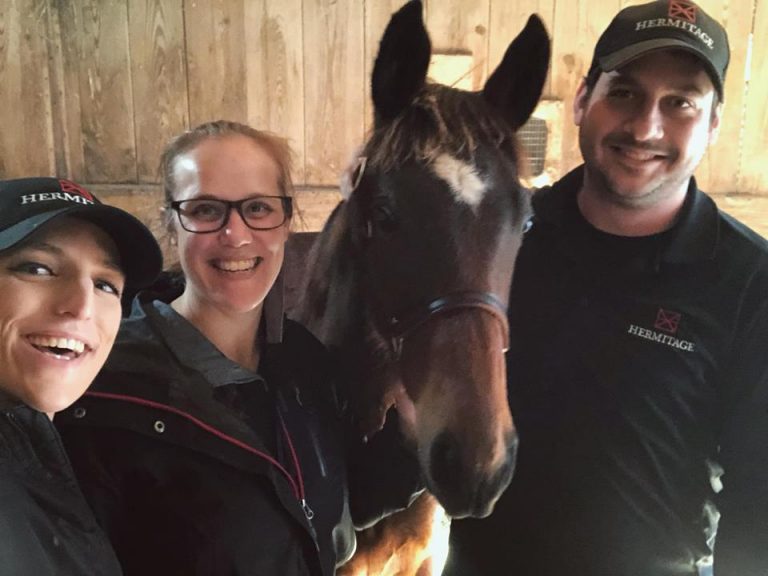
Thegaboutit '18, and Nick Renninger
“I'm not going to fall in love with this one,” I told friends and family. “We won't even name her.”
Yeah, right.
We may not have officially named her, but she'll always be “Filly” or “Princess” to me.
Unexpected Challenges
Once she settled into life at our little four-stall barn, we started teaching the filly a few little things like standing in cross ties and “no, you cannot run me over.”
Similarly, she taught us that empty feed tubs will be ceremoniously tossed to the ground and stomped on.
She never failed to make us laugh, that's for sure.
At the same time, the pinhooking experience presented challenges I wasn't expecting.
We'd agreed to do everything ourselves and to share the decision-making process equally, but working out the details of the filly's care tested my friendship with Steph to its limits more than once.
It was humbling, frankly.
The hardest part for me was letting go of my need for control. I had to get a lot better at asking for and accepting help, and I also had to figure out how to apologize when I was flat-out wrong.
At least once a week I found myself reaching for the phone to call friends or family, trying to reason my way through one problem or another. As a card-carrying introvert I'm usually the kind of person who'd rather send a text than pick up the phone, and sharing my thoughts or feelings is never something I've been particularly comfortable with.
Frustrated and pushed to the point that I wanted to reach out, often making my phone calls from inside the filly's stall as I did evening chores, I remembered how to open up to those people who are most important in my life as well as why it is so important to do so.
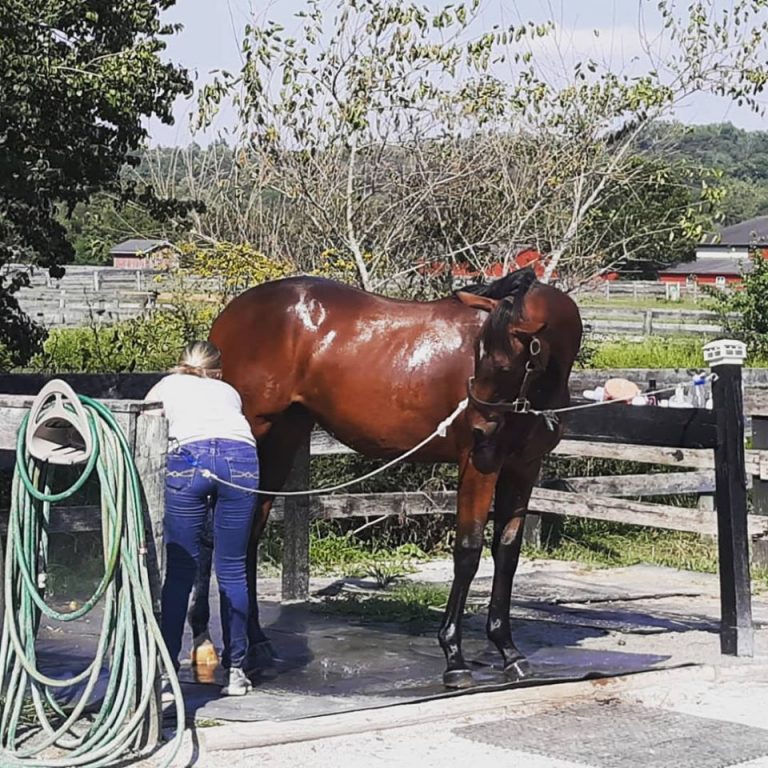
” – my best friend helps give the filly a bath
As it turns out, people can't know what you're thinking, or how to support you, unless you tell them. Go figure. Once I re-opened those lines of communication things really started to change. My roommate and best friend had always been game to help with the filly, but now she knew exactly what I needed.
My non-horsey parents, bless their hearts, started making a once-a-week trek to the farm to spend a couple hours doing the extra maintenance and chores that Steph and I had simply run out of time for.
Re-learning that verbal communication skill also brought about a whole new dynamic in my friendship with Steph, based on the realization that we each just wanted the best for our filly. In hindsight this should have been brutally obvious, but we had both been getting bogged down by the small details.
By the time September rolled around Steph and I had really become a team, and I believe we will walk away from this experience a lot stronger than we walked into it.
I'm still working on the talking thing, but at the end of the day I think I'm learning to be a better friend, and maybe even a better daughter, just because we brought this sassy little filly into our lives.
Out-Of-The-Box Sales Prepping
From the start, our sales prep plan included teaching the Princess how to be ponied. Of course Steph and I wanted her to learn the necessary sales prep skills, like standing up and striding out next to a person, but we also wanted her to learn “real-life” skills.
To that end, we ponied her all around the three-day eventing barn on which our little bit of land sits. She traversed (very) non-manicured fields, up and down hills, in and out of the arenas, over poles and logs on the ground, and around other horses doing any number of riding drills.
She observed jumping lessons and saw galloping miniature ponies; she dealt with my 45-pound boxer mix racing up behind her and weaving in and out of the bushes in front of her; she saw entirely too many geese make a noisy fuss about taking to the sky, often just feet away from her nose.
She walked alongside cars, trucks, four-wheelers and tractors on the gravel driveway; and she especially enjoyed watching speedboats racing up and down the Ohio River.
Most days it went well. Every once in a while, though, she'd test me and toss in a playful rear or a demonstration of her version of airs above the ground. Thank goodness for my saint of a 22-year-old Arabian gelding, whom I used to pony her around the farm – he did a lot of the hard work.
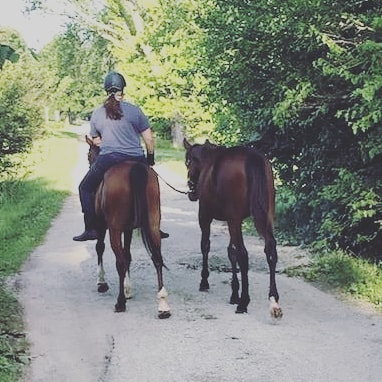
She was pretty unconcerned.
Eventually we taught the filly to work on a lunge line at the walk and trot, and from there we progressed to using a surcingle and elastic side reins attached to a little snaffle bit. It was never tight enough to restrict her forward motion, but had just enough pressure for her to start thinking about using her hind end a little better.
I saw over and over again how all our work helped to develop her mind.
- There was one morning that the wind was blowing up to 35 mph and tossing a giant tarp all around above her head when I was turning her out, and she never turned a hair.
- During the summer, the farm's young campers would run up to her and she'd stand totally still, dropping her head to let them pat her on the nose.
- Another day, I drove my truck into her pasture to drop off a load of limestone dust in the run-in shed , and she spent three hours “helping” without a trace of fear.
- Even as she got fitter in her preparation for the sale, the filly remained kind and gentle enough to allow a very pregnant Steph and her relatively-new-to-horses husband to work around her without hesitation.
As we neared September and Steph's daughter was born, I got the filly all to myself for the last couple of weeks. The days were hot and long, but her bright, inquisitive personality kept me laughing even as I regularly drove out to the farm at ten in the evening for “one final check.”
Going Back To Keeneland: Elephant-Sized Butterflies
As her sale date drew near, I have to admit I started to worry. It wasn't the money – I couldn't do much of anything about that at this point. I also knew that we'd done everything in our power to prepare her, and that we had a fabulous team ready to show her off in bloodstock agent Tommy Eastham and his wife, Wyndee.
I just couldn't help myself.
I had seen the kind of horse she was going to be. She is athletic but sensible, and above all, kind. Would other people be able to see it too?
(To assuage my nerves and ease the transition on the day we hauled her down to Keeneland, I brought home a new OTTB gelding to fill her empty stall that very afternoon. Problem solving, right?)
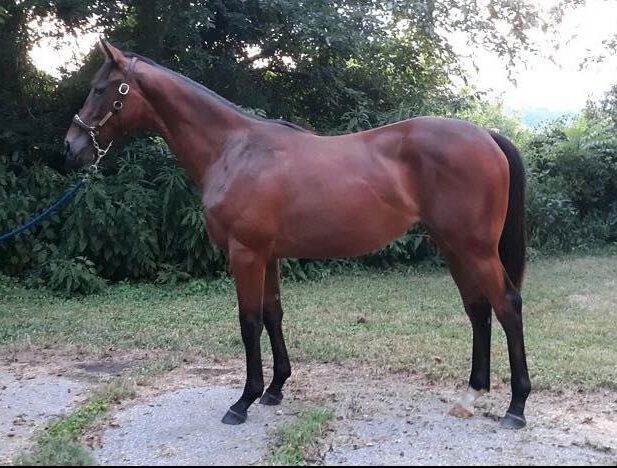
Thegaboutit '18 entered the ring on the second-to-last day of Keeneland's September sale, carrying with her a couple of young horsewomen's hopes and dreams. Much to our delight, dozens of friends and family came out to support us as our little Book 6 baby prepared to take the next step in her career.
Truth be told, I'm not used to being nervous. I've competed at horse shows all over the country and got over the “butterflies” a long time ago, or so I thought. As tough as it was to wait for the hammer to fall back in January, every hesitation in the auctioneer's song that Saturday morning was a new form of torture.
There were more than butterflies bumping around in my stomach during the 70 or so seconds she was in the ring. Elephants, maybe.
Why was I so worried? I couldn't have verbalized it then, but now I believe it's because sending her through the ring gave the outside world the opportunity to quantify our many hours of sweat equity. I didn't know if that external validation would match up to the reality.
Of course, the filly took the pressure all in stride: that's what we taught her to do. She stood quietly as the bidding steadily climbed to $11,000 and the hammer fell to send her to her next home.
Suddenly it was all over. Even as I write this now, recalling the sight of her leaving that ring brings tears to my eyes. It was always the plan to sell her, of course. I knew that. It isn't that I wanted to keep her, necessarily, but after seeing her every day, multiple times a day, for months, it was hard to know she wouldn't be there in the morning.
I know, I know. I'm not supposed to get attached. I probably always will, though, and I think that's okay.

Walking Away: The Hardest Part
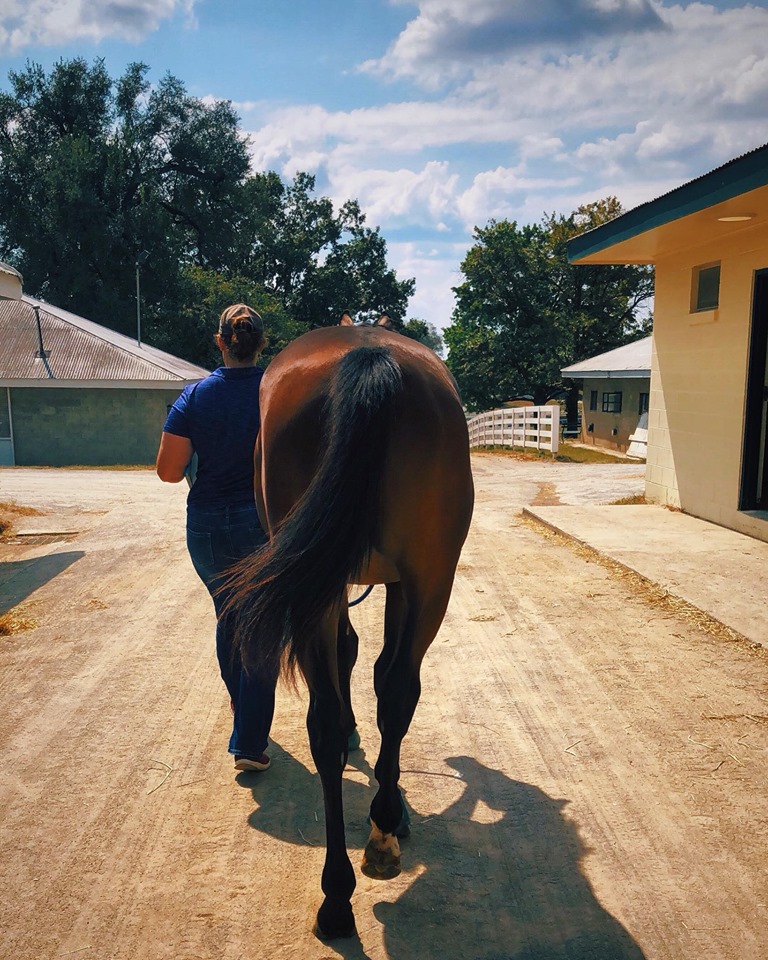
This filly started as our classroom, and eventually became our canvas. Her presentation at the Keeneland pavilion showcased everything we thought we could achieve: a soft eye, quiet demeanor, and a filly whose different halves had grown into one lovely whole.
The final numbers bear that out, much to my relief, so it seems fair to call Year One a success.
I'm left with a quiet satisfaction, a different sensation from the instant euphoria of leading over a horse I groomed to win a race. And yet, it's somehow the same. There's an enormous sense of pride in each horse's accomplishments, whether it's a horse hitting the wire first or a yearling figuring out the lessons you teach her.
Yes, I'm going to miss her, and I'll always be grateful for the gifts she gave us. At the same time, I'm excited to see where she goes next.
“Show them all what you can do, princess,” I told her when I went to say goodbye. “It's up to you now.”
There's a long list of people I need to thank for their help in getting Quatro Bloodstock off the ground:
- Shannon Smith, for his absolute faith from the very beginning; David and Bonnie Hackbarth, for always answering the phone and later jumping in to help out on the farm;
- Heather Pettinger, for the long-distance emotional support;
- Nick Renninger, for trusting us to make the right choices and keeping the mood light at the sale;
- Joe Nevills, for taking a hundred thousand pictures and patiently listening to my (many) opinions;
- Ray Paulick, for telling me it was a good idea and helping me navigate the time constraints;
- Deborah and Mike Snyder, for the introduction to the Easthams, without whose help we would have been lost many times over;
- Jessica Ramage, for never hesitating to lend a hand, from goat-wrangling to picture-taking to stall-cleaning;
- Chad Summers, for the advice; Wyndee Eastham, for the hand-holding;
- Tommy Eastham, for his straightforward verdicts and always on-point suggestions;
- Aaron Edelson, for always putting up with me;
- Bill Landes, for the encouragement to go for it;
- Terri Burch, for the hour-long phone calls; Stephen Settles, for being a good horsey-husband and feeding the ponies;
- and of course, to Steph Settles, for coming up with this crazy idea in the first place.
This article originally appeared on The Paulick Report and is published here with permission.
Find other intriguing stories in our section on Recreation & Lifestyle, Health & Education and Horse Racing.
Are you interested in promoting your business or sharing content on EIE? Contact us at info@equineinfoexchange.com








